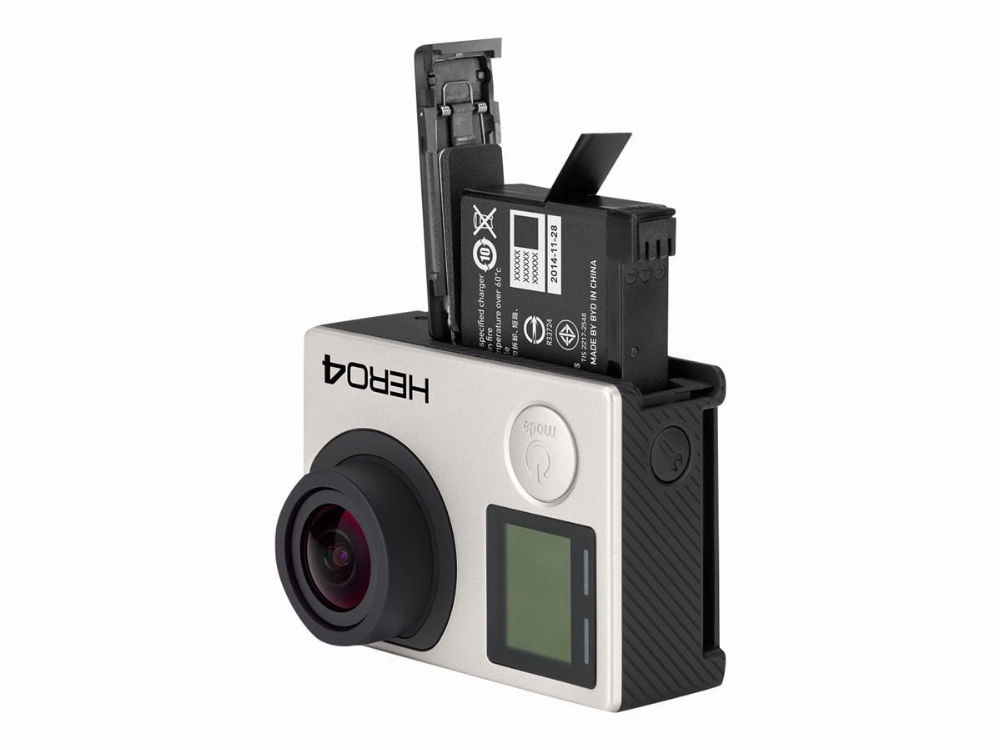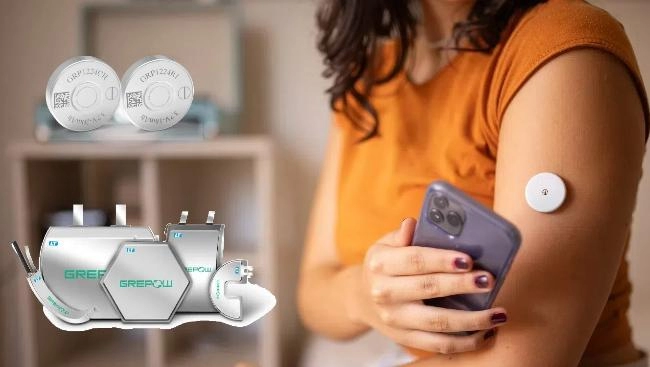Why LiPo Batteries Dominate the RC Car World
In the realm of radio-controlled (RC) cars, the choice of battery significantly impacts performance and overall enjoyment. Many enthusiasts are turning to LiPo (Lithium Polymer) batteries for their exceptional power and lightweight build. But what exactly makes LiPo batteries the preferred choice? This article explores why RC hobbyists favor LiPo batteries and provides guidance on selecting the right battery for your RC car.
Part 1: Key Considerations for Choosing RC Car Batteries
Choosing the right battery for your RC car is crucial for optimal performance. Here are key factors to keep in mind:
Capacity
Measured in milliampere-hours (mAh), a battery’s capacity indicates how long it can power the RC car on a single charge. Higher capacity means longer run times, which is essential for players who need extended operation.
Voltage
Voltage is a significant factor affecting the power and speed of your RC car. Each RC car is designed to operate at a specific voltage, so ensure that the battery you choose matches your car’s voltage requirements. Selecting the wrong voltage can lead to damage to the motor or electronics.
Weight
The weight of the battery can affect the car’s handling and speed, leading to improved agility, quicker acceleration, and a competitive edge.
Size
Ensure that the battery fits snugly into the RC car’s battery compartment. Improper fitting can result in poor electrical contact or damage to both the battery and the car.
Discharge Rate
The discharge rate, or “C” rating, determines how quickly the battery can release its power. A higher C-rating enables greater power output, essential for high-speed or high-torque applications.
Price
While it might be tempting to go for the cheapest option, it’s important to strike a balance between cost and quality. High-quality batteries often provide improved performance and a longer lifespan, ultimately saving you money.
Brand Reputation
Opting for a reputable brand is key to ensuring quality and reliability. Reputable brands provide superior customer support and warranty options, offering greater peace of mind.
Part 2: Differences Between NiCd, NiMH, and LiPo Batteries
Choosing the right battery type is crucial for both performance and safety. Let’s compare NiCd, NiMH, and LiPo batteries in detail:
NiCd (Nickel Cadmium)
- Capacity: Typically lower compared to other options, making it less suitable for extended run times.
- Weight: Heavier due to metallic components, which can reduce the RC car’s speed.
- Memory Effect: Requires complete discharge before recharging to minimize the memory effect and maintain capacity.
- Lifespan: Can be durable with proper maintenance but requires regular cycling.
- Cost: Cheaper than other options but less efficient.
- Environmental Impact: Contains toxic metals, making disposal more challenging.
- Charge Time: Requires longer charging cycles compared to modern alternatives.
NiMH (Nickel Metal Hydride)
- Capacity: Offers higher capacity than NiCd, providing longer run times.
- Weight: Moderately heavy, which can affect performance but is lighter than NiCd.
- Memory Effect: Less susceptible to the memory effect; occasional full discharge can improve battery performance.
- Lifespan: Has a moderate lifespan, but performance can degrade over time.
- Cost: Mid-range pricing, offering a balance of performance and economy.
- Environmental Impact: Less toxic than NiCd but still requires careful disposal.
- Charge Time: Faster than NiCd but not as fast as LiPo.
LiPo (Lithium Polymer)
- Capacity: High energy density, offering longer run times and superior power.
- Weight: Very lightweight, contributing to improved speed and agility.
- Memory Effect: No memory effect, making charging and maintenance procedures simpler.
- Lifespan: Can be durable with proper care, but is vulnerable to damage from overcharging and over-discharging.
- Cost: Higher initial cost but offers superior performance and longevity.
- Environmental Impact: Less toxic than other types, but responsible disposal is still important to prevent pollution.
- Charge Time: Fast charging, minimizing downtime between uses.
Comparison Table
| Feature | NiCd | NiMH | LiPo |
|---|---|---|---|
| Capacity | Lower | Medium | High |
| Weight | Heavy | Moderately Heavy | Light |
| Memory Effect | Yes | Less | No |
| Lifespan | Requires regular cycling to maintain capacity and lifespan | Medium | Requires careful handling and charging to prolong lifespan |
| Cost | Low | Mid-Range | High |
| Environmental Impact | Toxic Metals | Less Toxic | Less Toxic |
| Charge Time | Long | Medium | Fast |
Which Battery is Better?
For most RC car enthusiasts, LiPo batteries are the clear winner. With their high capacity, lightweight design, and fast charging capabilities, LiPo batteries offer superior performance, making them the preferred choice for serious hobbyists. If you want the best power and efficiency for your RC car, LiPo is the way to go.
Be sure to choose the right battery for your RC car’s specific needs, and enjoy a longer, more powerful, and more exhilarating RC experience! If you’re interested in exploring other battery types, such as deep cycle options, check out this deep cycle battery guide for more insights.
Part 3: Why Are More People Choosing RC LiPo Batteries?
LiPo batteries have become the preferred choice for many RC enthusiasts for several compelling reasons:
High Energy Density
LiPo batteries pack more *energy* into a smaller size, providing longer run times and superior performance. Their high energy density makes them ideal for competitive racing and high-speed applications.
Lightweight Design
The lightweight design of LiPo batteries enhances the handling and acceleration of RC vehicles, making them faster and more responsive. This results in a more dynamic driving experience.
No Memory Effect
Unlike NiCd batteries, LiPo batteries do not suffer from the memory effect. This means you don’t have to fully discharge them before charging, simplifying maintenance and extending battery life.
Fast Charging
LiPo batteries charge significantly faster than NiCd and NiMH batteries, reducing downtime. This is crucial for competitive racers who want to maximize their time on the track.
Versatility
LiPo batteries come in various sizes and configurations, making them suitable for a wide range of RC vehicles, from small models to large trucks. This versatility makes them an excellent choice for RC enthusiasts of all kinds.
Part 4: Types of RC LiPo Battery Chargers
To maintain optimal performance of your LiPo batteries, selecting the right charger is essential. Here are the most common types of LiPo battery chargers:
Basic Chargers
Affordable and simple, basic chargers are perfect for beginners. They offer fundamental functionality but may lack advanced features like balance charging.
Balance Chargers
Balance chargers ensure that each cell in a LiPo battery is charged equally, which is crucial for maintaining the health and performance of multi-cell batteries.
Smart Chargers
Smart chargers are equipped with advanced features like automatic shut-off, charge monitoring, and adjustable settings, optimizing the charging process and extending battery life.
Dual/Quad Port Chargers
Ideal for users with multiple batteries, dual or quad port chargers allow you to charge multiple batteries simultaneously, saving time and providing convenience for frequent users.
Field Chargers (also known as portable chargers)
Portable and compact, field chargers are perfect for charging on the go. They allow you to charge your batteries away from power outlets, making them ideal for on-site use.
Part 5: Best RC LiPo Battery Charger Brands
Choosing a charger from a reputable brand ensures quality and reliability. Here are seven top brands known for their outstanding RC LiPo battery chargers:
- SkyRC: Offers innovative designs with reliable performance, making them popular among enthusiasts.
- iMAX: Known for their affordability and user-friendly interfaces, they are ideal for beginners.
- Hitec: Offers high-quality chargers with advanced features and robust safety measures.
- Traxxas: Focuses on producing durable and easy-to-use RC chargers.
- ISDT: Features compact, high-performance chargers equipped with smart technology.
- Turnigy: Offers a range of versatile and budget-friendly chargers.
- Dynamite: Known for smart charging solutions with exceptional performance and safety.
Selecting a charger from these reputable brands ensures you get a product that meets high standards of quality and reliability.
Part 6: Do I Need to Buy RC Battery Connectors?
When setting up your RC vehicle, you might wonder if you need to purchase battery connectors. This section will cover the different types of connectors and their importance:
Types of RC Battery Connectors
- Deans/T-Plug: Widely used in high-current applications, they are known for their secure connection and reliability.
- XT60: Popular for their solid connection and ease of use, they are ideal for moderate power needs.
- EC3/EC5: Known for their durable design, they are suitable for high-power setups.
- Traxxas Connectors: Offering plug-and-play functionality, they are designed specifically for Traxxas models.
Having the right connectors ensures a reliable and safe connection between your battery and RC vehicle, enhancing both performance and safety.
Battery Connectors
Compatibility: Ensures a stable and precise connection between the battery and the RC car, minimizing connection issues.
Performance: High-quality connectors reduce resistance, optimize power delivery, and improve efficiency.
Safety: Secure connections help prevent loose wires, reducing the risk of short circuits and battery damage.
While not strictly necessary, investing in high-quality connectors can enhance the performance of your RC car and ensure safer operation.
Conclusion
Choosing the right battery for your RC car can significantly improve your experience. LiPo batteries, known for their superior performance, are a favorite among many hobbyists. By understanding the differences between battery types and selecting the appropriate charger and connectors, you can unlock the full potential of your RC car for longer, faster runs.
Related Tags:
- Ufine
- Electronic Engineering Copywriter
More Articles
How to Safely Clean Lead Acid from Leaking Batteries: A Step-by-Step Guide
This guide provides detailed steps on safely cleaning lead acid from leaking batteries, including tips on managing risks and proper cleaning techniques.
Portable Battery Charger vs a Power Bank: What’s the Difference?
A portable battery charger allows you to charge devices on the go, while a power bank stores energy and can charge devices without an external power source.
The Ultimate Guide to Using a Lithium-Ion Jump Starter
A lithium-ion jump starter is a must-have for emergencies. This guide discusses how to use it safely, maintain it, and why it’s a smart investment.
What is a Portable Battery Charger?
A portable battery charger is a device that allows you to charge your electronic devices while on the move. This guide explains its function, materials, and how it works for ease of understanding.
How to Choose the Best Battery Pack for Your Needs: Capacity, Performance, etc.
Selecting the right battery pack is crucial for reliability and optimal performance. This guide dives into essential factors like capacity, safety, etc. to help you make the best choice.








